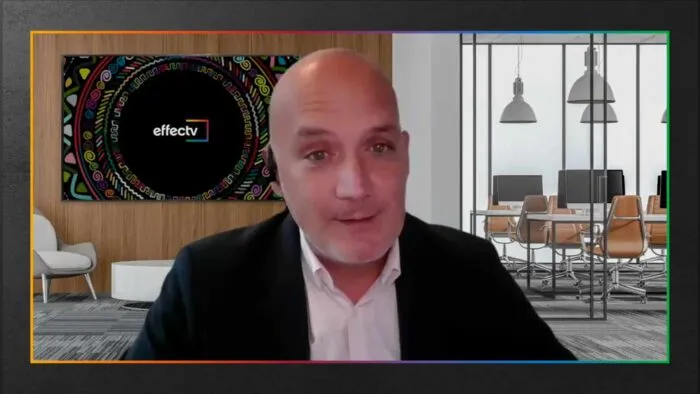Effectv is now Comcast Advertising.
This conversation between Tommy McDonald, of Fetterman for PA, and Susan Kailis, Senior Political Sales Manager for Comcast Advertising focuses on political advertising on multiscreen TV and discussing the importance of data, creativity and the opportunities to find voters wherever they are engaged. In particular, Susan and Tommy share learnings from their successful partnership on the Fetterman for Senate campaign in Pennsylvania.
This was a particularly interesting race with a unique set of circumstances and Tommy and his team took a very dynamic and expansive approach to using data and technology to land messaging in front of key constituencies and swing voters across linear TV and streaming media.
The Fetterman for Senate campaign was multiscreen (cable, streaming, addressable), it was deep in terms of cable networks (37 networks) and it was consistently on air (uninterrupted from March to November), especially compared to his opponent.
“We worked with the [Comcast] team to do a deep analysis of exactly who the swing voters were in both the primary and the general electorate, run our targets through the technology…and get customized rankers at a linear level to enable us to really expand the dial, especially in a race where there is so much money coming in from your opposition. We reached 20% more households than Oz did through our program…and we bought almost double the number of networks,” explains Tommy.
Emphasizing the consistency point, he goes on to say, “The extent that we were on for really enabled us to reach this broad swath of households that were able to inoculate John when the attacks later on came in the fall. Because we were really able to understand exactly who the swing voters were and what they watched in partnership with your team, it really helped us to…cut through the noise and figure out exactly who we were trying to reach.”
Susan also points out that by using Comcast Advertising Streaming, the campaign was able to reach 1 in 3 households that would not have been reached by linear alone, garnering 1.36M impressions and an extra 120 networks worth of impressions.
So cutting through with a multiscreen, data-fueled approach was key, but then using creativity to speak to the different audiences and state geographies was also vital: “We ran some spots in the soft zones of Philadelphia and its suburbs. We ran some spots on the interconnect level. We made our own sports spots, we made our own regional spots. We had our own spots going to early voters. We had 15 different pieces of creative hitting different people that all had the same message within a creative framework that pushed the ball forward.”
Susan and Tommy finish the conversation as we do throughout this series with the question of where political advertisers should focus their efforts going forwards. Tommy’s perspective is that the landscape has changed and continues to change so you have to “reassess and check your assumptions, work with partners who understand the inventory and find exactly where the people are, and find the technology to support it.”
For more insights on political advertising effectiveness, download Comcast Advertising’s Ultimate Guide to Reaching Voters.


